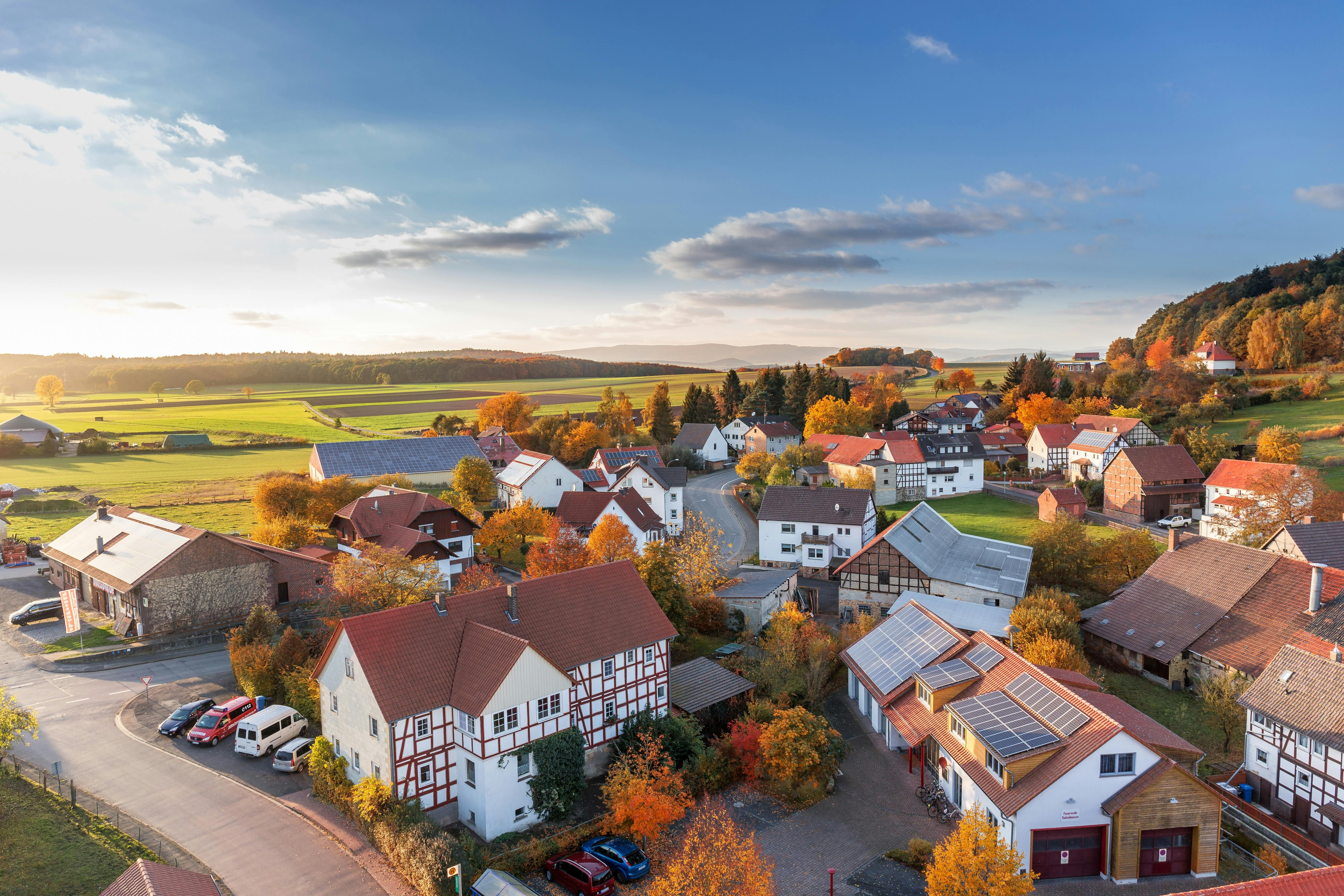The most used content management systems are WordPress, Joomla and Drupal according to statistics. The top CMS platforms that are considered hacking targets are WordPress, followed by Joomla, Drupal, and the rest are other CMSs.
Before we get into the ways to secure the CMS, we could list the ways hackers can gain control of the website.
outdated websites
Using an older version of CMS that is outdated also means that the security of the system has not been updated. In each version of the software update, new security fixes and updates are released.
Easily accessible through the login screen
Frontend login may be easy for users, but it’s a favorite way for hackers and bots to gain access. Password strength also plays a vital role. In case the password strength is weak, it can be easily cracked. Since the admin has access to the same website, there is a possible scenario where a hacker would enter a password sequence multiple times to gain access to the admin panel.
additional plugins
Using plugins, modules, themes and other additional injections that are not verified are one of the reasons for hacking, therefore if their vulnerabilities are not fixed, they give rise to great chances for hackers to gain access via of these unverified plugins.
These are the vulnerabilities through which a website can be easily hacked, however in case we develop the website using strong security practices, it would be more reliable and offer less chance of hacking. We have ways and solutions to secure CMS websites discussed below:
Restrict the number of login attempts
Restricting the number of login attempts would eliminate brute force attacks and decrease the chance of hackers or bots accessing the system.
Two-factor authentication (2FA)
A second layer of security during login would be essential to strengthen the security of the website. Authentication plugins can be used that would send an OTP to the mobile or registered email, once verified, the user could login.
Verified Plugins
As we discussed about the vulnerabilities in installing unverified plugins, it is recommended to install verified plugins to keep the system safe.
Implement a firewall
The firewall acts as an additional security layer for the infrastructure in order to block unwanted IPs. Making sure the firewall is in place for all cms websites provides additional security and is also useful for tracking suspicious activity.
Keep the website updated
The CMS site and all plugins should be updated at regular intervals whenever an update is notified. The developers often released fixes and updates that included new security fixes to ensure that the website was kept away from threats.
SSL certificate
An SSL certificate is added to increase the security layers of the website, an SSL certificate is a code on the server that provides security between online communications. When a web browser comes into contact with a protected website, the SSL certificate establishes an encrypted connection.
User access permissions
Restricting access to certain modules of the app goes a long way to increase security.
Change passwords regularly
Change passwords frequently, and also increase password strength by providing special characters and other unique sequences.
Fortunesoft has years of experience developing content management systems and CMS services. We have experienced CMS developers building rich and secure websites. We can build secure CMS websites for the development of your business. You can contact us by completing our contact form http://www.fortunesoftit.com/contact-us/
